Based on Adapting Unstoppable Learning and Simplifying Response to Intervention
Common sense needs to be a common thread in education, and this applies to response to intervention (RTI) or multitiered systems of support (MTSS) as well.
One of the most frequent questions I receive related to RTI is, “What is an interventionist or intervention specialist?”
Perhaps a more helpful question is, “Who is an interventionist?” The answer is that all educators are interventionists. Why? Let’s provide some background.
Response to Intervention (RTI)
The RTI tiers of supports are schools’ systematic approaches to addressing a common-sense reality: if it’s predictable, it’s preventable.
That some students will need additional supports is predictable.
That some students will be become frustrated and will fall behind in the absence of proactively planned supports is predictable.
Allowing frustrated students to fall further and further behind is preventable.
If it’s predictable, it’s preventable
Designing and implementing systems of support for students is common sense.
- We can predict that students will bring different learning preferences, interests, and readiness levels to core learning environments.Let’s prevent frustration and time-wasting by being ready with differentiated supports, particularly scaffolded supports, so that highly vulnerable students can successfully access priorities.
- We can predict that some students will need more time to master core priorities and that other students will benefit from enrichment, and we can predict that not all students will learn on our timetables or in response to our first, best instruction.Let’s prevent students from falling behind and other students from missing opportunities to reach greater depths of learning by embedding supports into our unit plans.
- We can predict that some students coming to us for the beginning of each school year will have significant deficits in foundational skills.Let’s prevent continued failure and frustration by providing students with immediate and targeted Tier 3 supports that explicitly address these needs.
The three scenarios represented above are realities for which we can be prepared. RTI does not have three tiers simply because some wise sage dictated from on high that three tiers was best. There are three tiers because there are three predictable types of supports that we can anticipate students will need. The situations above describe what we do, and the reason for doing it, at each tier.
Proactive, Targeted, and Organized
As we often do, I fear we’ve overly complicated RTI. One straightforward way of describing the three tiers of supports, whether applied to academic or behavioral skills, is using the terms proactive, targeted, and organized.
In Adapting Unstoppable Learning, Yazmin Zapata and Rebecca Brooks describe how schools can use systems thinking to inform teaching and learning. That makes sense. We systematically gather evidence, we collaboratively analyze evidence, and we collectively design supports in response to this evidence to meet student needs. In other words, we check for understanding, whether formally or informally, so that we can intervene—no matter the type of need, no matter the tier of support.
Tier 1 Interventions
At Tier 1, all teachers are interventionists, providing differentiated supports that match students’ current readiness levels, interests, styles, and needs. Teachers meet student needs in differentiated ways as they strive to ensure all students master the essentials of the grade level, content area, or course.
Proactive
We can and should know the characteristics and needs of students who are coming into our classrooms at the beginning of the year. Screening data would give us this information, as would structured conversations between last year’s teachers and this year’s teachers. In most cases, students were at our school or a feeder school last year. (In the case of incoming kindergarten students or students new to the school, we could and should have a process for screening prior to the beginning of the school year.) We can intervene to meet student needs at Tier 1 by proactively preparing differentiated supports, and, in the case of students who have not yet mastered prerequisites from prior grade levels, preparing scaffolds so that they can access the core.
Targeted
Our efforts to ensure that all students master the priorities of the core at depth so that they can apply their learning and retain their understandings for the next year and beyond will forever be compromised if we favor coverage over mastery. Instead, we must target our supports for students, prioritizing the key outcomes for each grade level or course and focus on depth not breadth. We will teach all standards, but we cannot teach all standards as if they’re equally important. That defies common sense.
Organized
No teacher can intervene to meet all students’ needs on their own, We must organize ourselves in collaborative teams, learning from and with one another. The logical way to ensure this collaborative preparation for differentiated core instruction is successful is to organize our learning outcomes into common units of study within which are common prioritized learning targets. We cannot collaboratively prepare otherwise. It’s also logical that we have a consistent way of measuring mastery so that the team (and the students) know what the target looks like. We’re organized, designing common assessments in advance to collectively measure mastery of the essentials.
Tier 2 Interventions
At Tier 2, teacher teams collaboratively analyze ongoing evidence of learning to provide timely, collective supports and serve as interventionists.
Proactive
Recognizing that some students won’t learn within our timetables, we embed buffer times and days as we are planning our school year. Finding space for these buffer times after the year has been scoped and sequenced is impossible. Instead, we proactively carve out times for Tier 2 intervention and enrichment. All students benefit. The consequence of dedicating time for these “no-new” content periods is that we won’t be able to cover as much content. The consequences of not proactively preparing time for these supports are much more significant.
Targeted
We certainly cannot reteach and provide enrichment on all of the learning outcomes within Tier 1. Let’s not try. Instead, we target these supports on the most critical and prioritized learning outcomes for which there is evidence of need. And while research does not support ability grouping at Tier 1, we can target Tier 2 supports based on what evidence gathering reveals are the intervention and enrichment needs of students. We can target these supports if we’re organized.
Organized
Tier 2 supports can be provided by an individual teacher, but logically, we will be more successful in meeting this anticipatable set of needs if we can organize our daily schedules (at the elementary level) or our bell schedules (at the secondary levels) so that teacher teams for grade levels or courses can share students and provide supports based on the learning gaps that evidence-gathering (e.g., through common assessments) has revealed. Organization and coordination within a system of supports is a key characteristic of successful professions.
Tier 2 isn’t complicated. It’s really just more time and alternative supports so that students master the priorities of Tier 1 at more depth. For some students, that means intervention; for others, it means enrichment.
Tier 3 Interventions
Tier 3 need not be complicated either. An intensive support that meets a student’s need at Tier 3 was a core support that didn’t meet a student’s needs several grade levels or courses before. It’s just another way that, if school communities collaborated both vertically horizontally, we’re all interventionists.
Proactive
Universal screening directly informs two of the tiers; this information informs proactively prepared, differentiated Tier 1 supports as well as proactively provided, intensive Tier 3 supports at the very beginning of the year. We must not and need not delay. Students rarely teach themselves to learn the foundational skills that represent their significant area of need over the summer. And it’s simply not logical that a teacher and teacher team can, alone, meet the Tier 1, 2, and 3 needs of a student. Instead, schools must proactively prepare for Tier 3 supports to be provided immediately.
Targeted
The best intervention is a targeted intervention. A broad support in the area of reading, for example, is a very inefficient—and perhaps unnecessary—way of intervening at Tier 3. Instead, let’s listen to a student read and determine if the most immediate area of need and the primary cause of the difficulty is phonological awareness, simple phonics, advanced phonics, fluency, or comprehension—and target our intervention accordingly.
Organized
Few if any schools have enough staff to schedule a separate grade 4, 5, 6 advanced phonics Tier 3 intervention session. So, we must be organized, scheduling strategically across grades and grade spans. It will likely result in an intervention schedule that works in concert with our core class schedule. This is possible, of course, because we do not provide Tier 3 supports based on a student’s grade level but at the level that corresponds with his or her current readiness level.
RTI is common sense in action, and we should embrace the notion that we are all intervention specialists.[author_bio id=”77″]


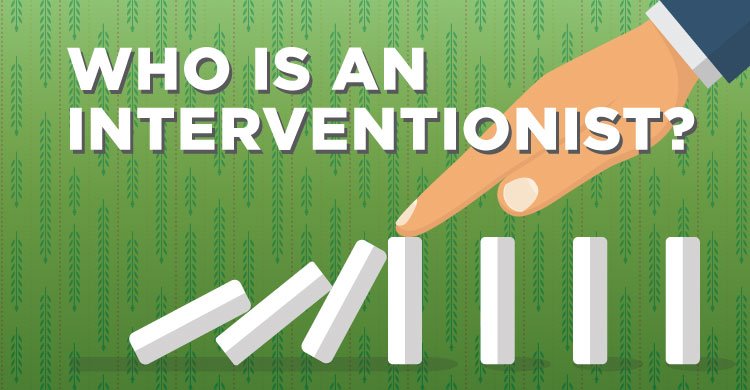
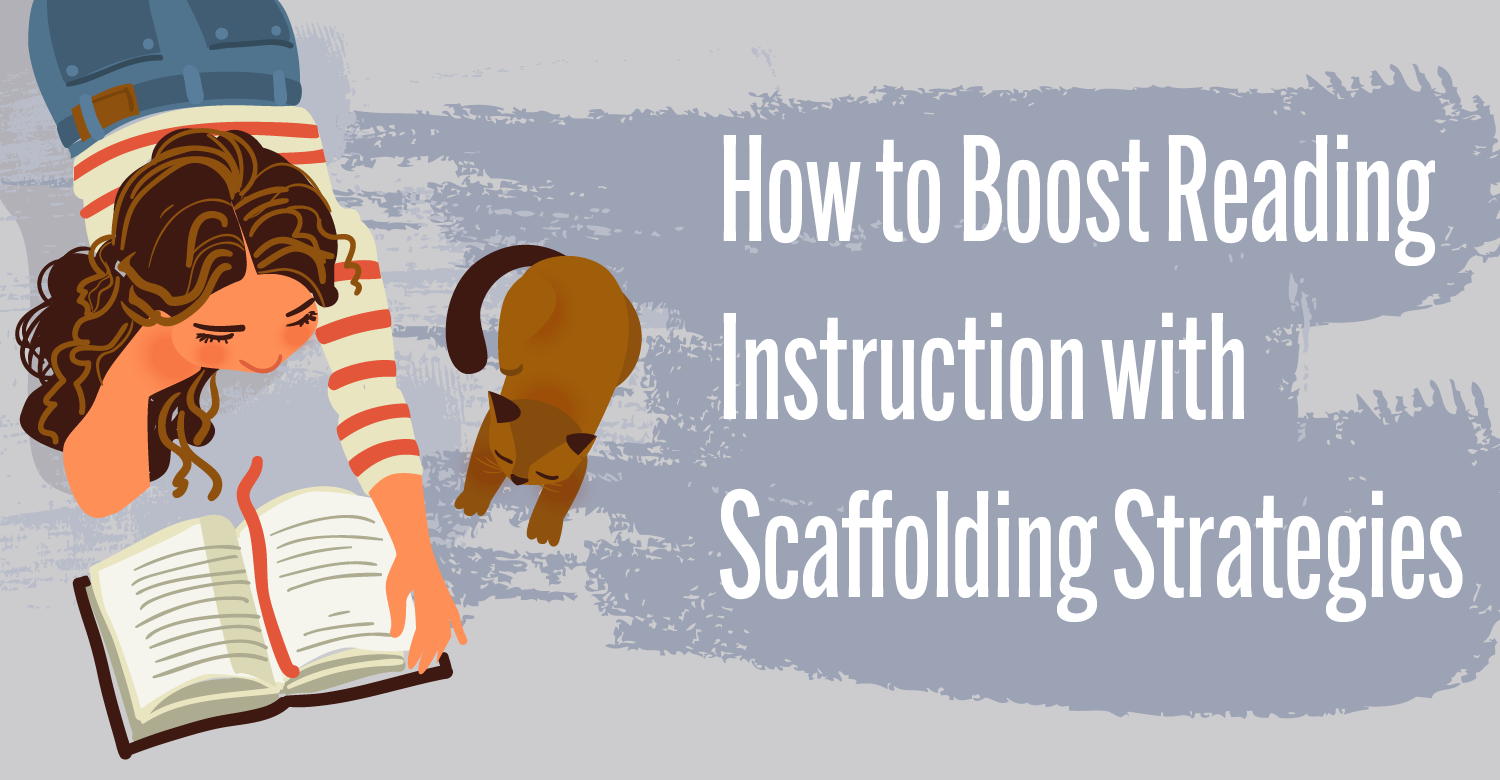
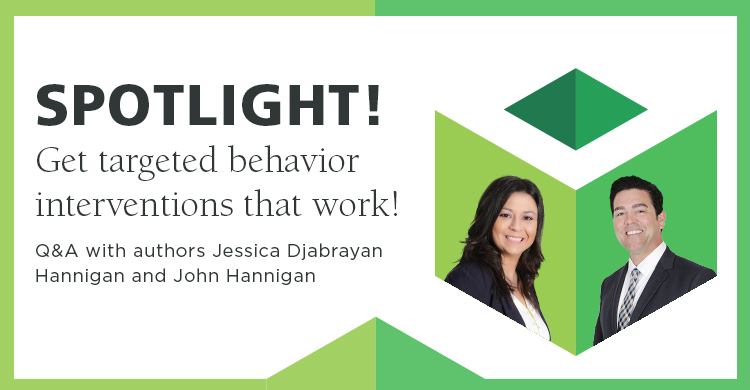
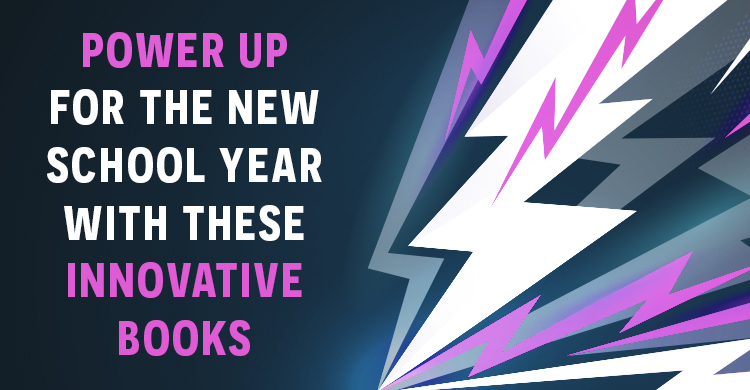
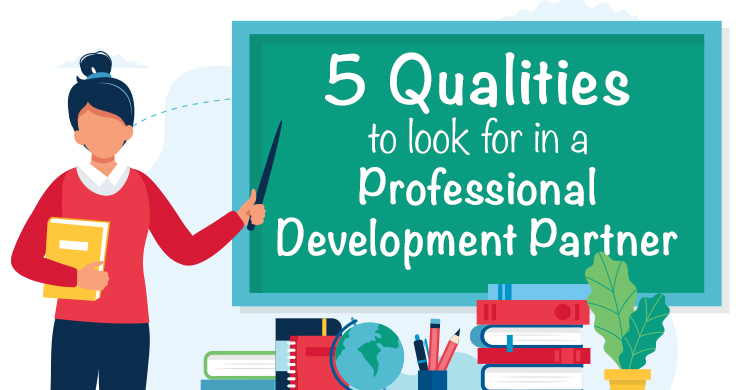
As an administrator new to a school, who is trying to establish a systems approach to support, I found this summary very helpful.